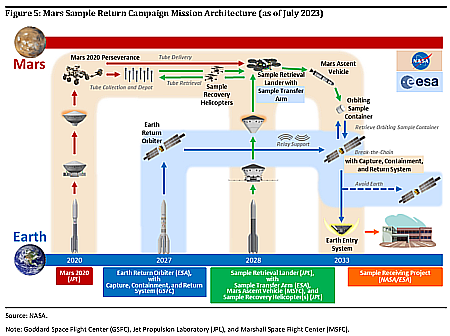India’s Spadex mission completes docking
India’s space agency ISRO today announced that its engineers had successfully completed the autonomous docking of its two Spadex satellites, the chase vehicle making proper contact with the target vehicle and then linking together.
Manoeuvre from 15m to 3m hold point completed. Docking initiated with precision, leading to successful spacecraft capture. Retraction completed smoothly, followed by rigidisation for stability. Docking successfully completed
The docking needed to be completed before January 20th or the lighting conditions would have caused a delay until March.
Next engineers will demonstrate the spacecraft have linked electronically. Eventually they will then undock and spend up to two more years in orbit operating separately.
India’s space agency ISRO today announced that its engineers had successfully completed the autonomous docking of its two Spadex satellites, the chase vehicle making proper contact with the target vehicle and then linking together.
Manoeuvre from 15m to 3m hold point completed. Docking initiated with precision, leading to successful spacecraft capture. Retraction completed smoothly, followed by rigidisation for stability. Docking successfully completed
The docking needed to be completed before January 20th or the lighting conditions would have caused a delay until March.
Next engineers will demonstrate the spacecraft have linked electronically. Eventually they will then undock and spend up to two more years in orbit operating separately.





